A large craze that we have seen take over the world of interior design and so-called “hype” locations is industrial design. With its raw nature industrial design is characterized by exposed beams, harsh unpainted metals, exposed brick, strong angles, and an overall unfinished or unpolished feel.
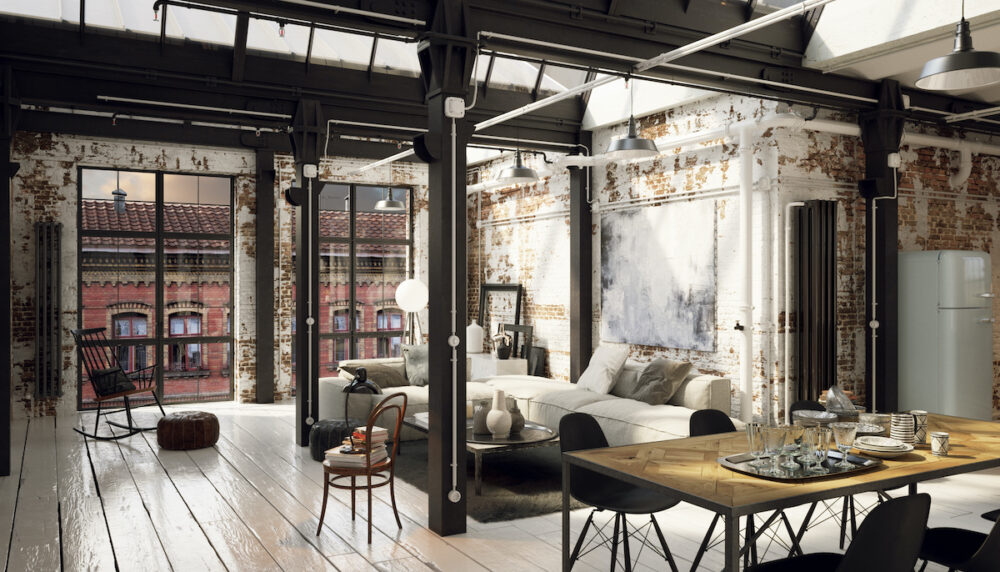
Image from: https://www.masterclass.com/articles/industrial-interior-design-explained
Though the aesthetic has grown in popularity tremendously in the last half century its true roots date back to the beginning of the Industrial Revolution in the mid-18th century. The design philosophy is not credited to one singular creator for it was more born out of necessity to be able to build quick and functional structures to keep up with the ever quickly growing cities the industrial revolution was flourishing in. However, many point to Christopher Dresser who lived from 1834 to 1904 and was a British designer and theorist who emphasized the marriage of form and function and advocated for mass production techniques, this ideology led to him being considered among the first independent industrial designers.
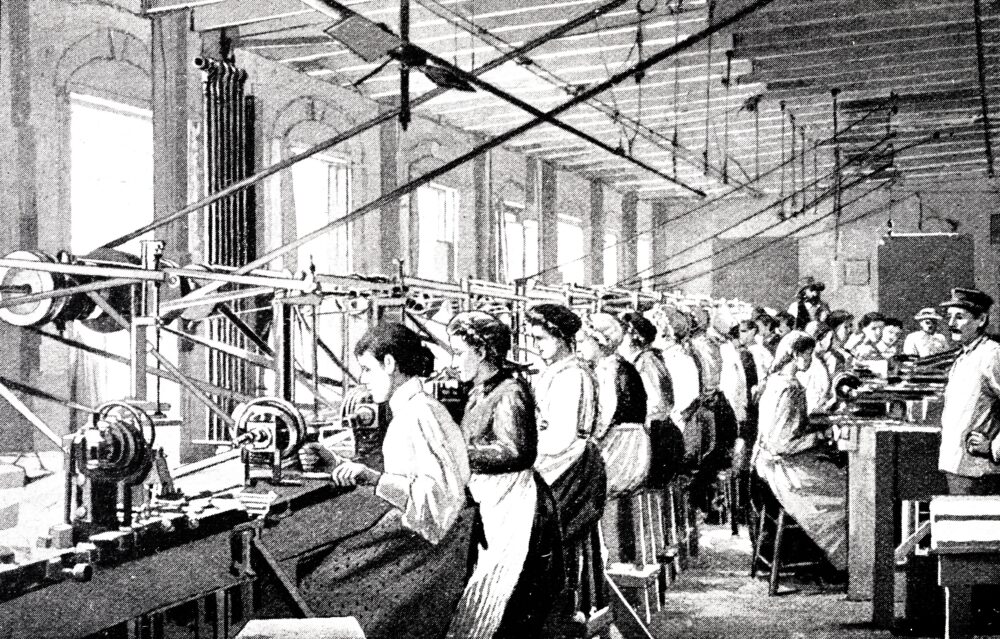
Image from: https://www.safetynational.com/conferencechronicles/the-4th-industrial-revolution/
This initial explosion of industrial design was mainly confined to factories and industrial areas where the function of the building was exclusively its effectiveness in developing consumer products. This trend of being the aesthetic of the industry continued until about the 1960s and 70s which is when old warehouses and factories got reimagined as living spaces because the so-called traditional living situations were becoming more and more difficult to find or afford.
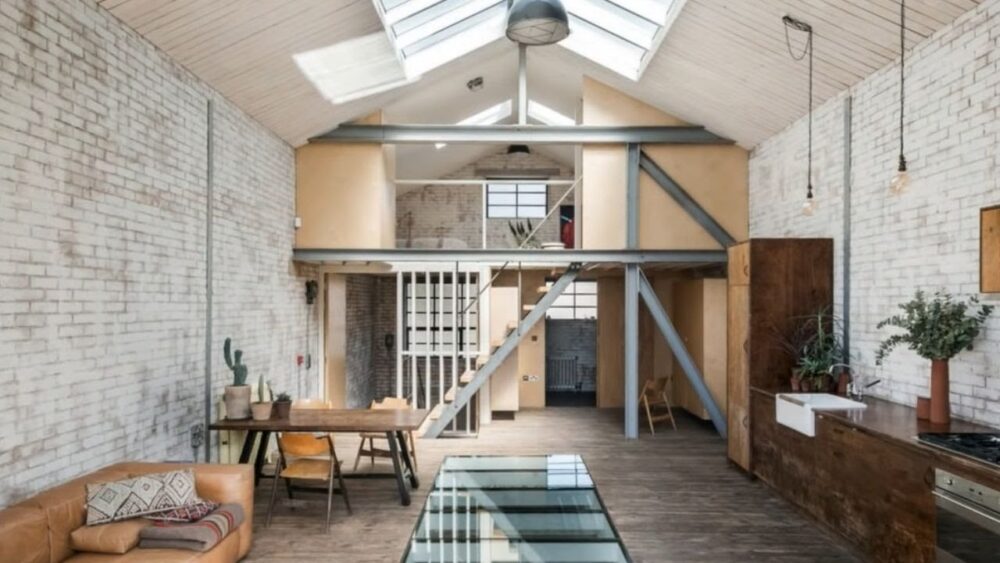
Image from: https://www.youtube.com/watch?v=3eoXfm-lL34&ab_channel=PineappleDECOR
This transition is the one that seems to be the large explosion that has led to the 21st century’s obsession with industrial design. With the increase in awareness of environmental issues and the shortage of new quality living situations, many have found a strong charm in these warehouse conversions and they have become so popular that new construction is even purposely designing its buildings to simulate this raw nature.
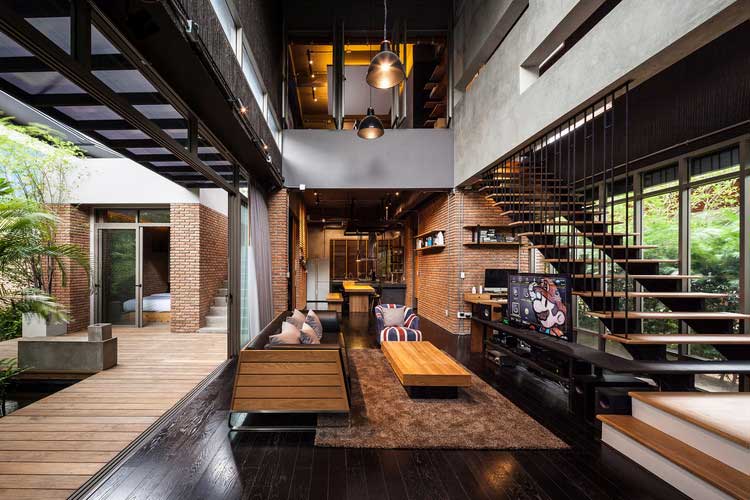
Image from: https://ciptabaliarchitect.com/industrial-architecture-design/
Though some people might see the choice of an industrial aesthetic as being lazy by the designer others find the raw nature extremely unique and like the feeling of having furniture and spaces that are special and very different from the “traditional” aesthetics of the western culture. In fact, it is in the furniture industry where the aesthetic of industrialism makes some of its most fascinating and eye-catching pieces.
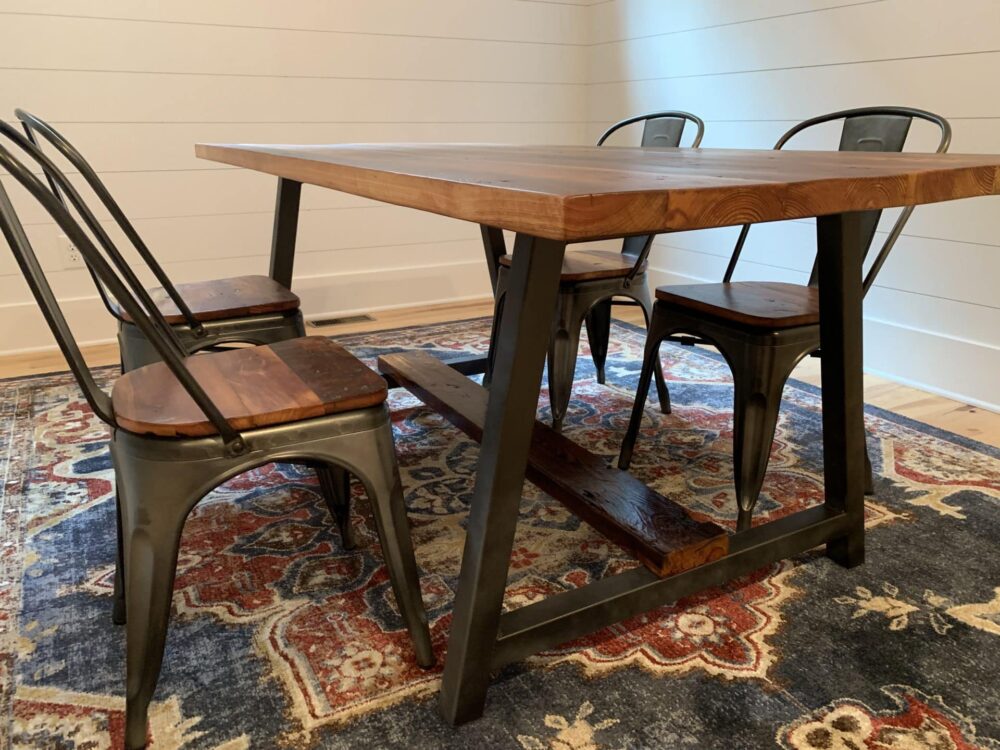
Image from: https://georgiaartisan.com/product/steel-a-frame-dining-table/
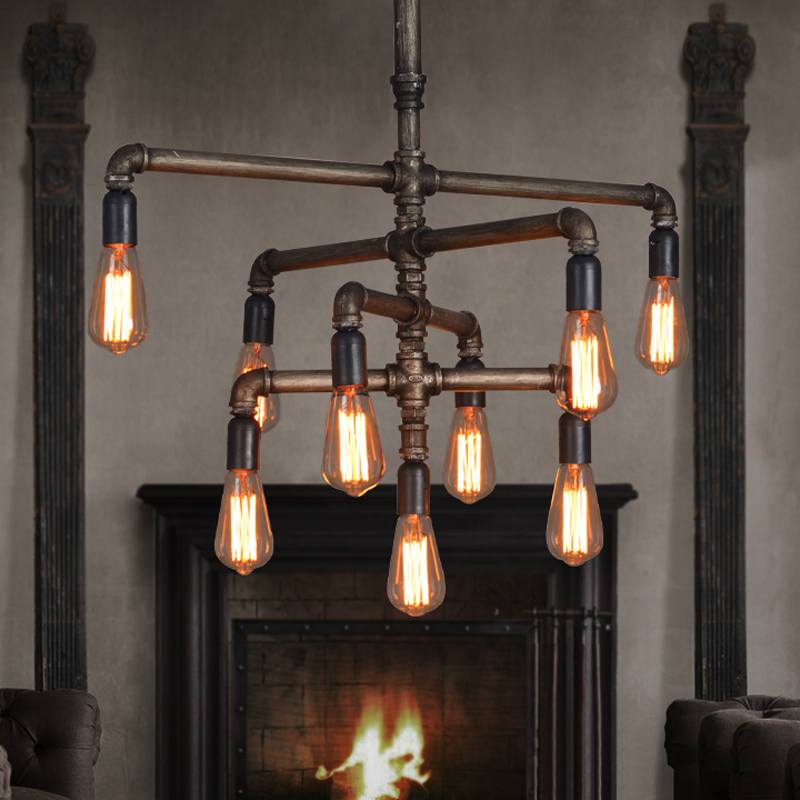
Image from: https://www.home-designing.com/vintage-retro-industrial-style-ceiling-wall-and-pendant-lighting
From its chairs and tables to just a simple lamp, industrial design makes an eye-popping discussion piece for its owner that due to the nature of the metals and angles they are created by also has unrivaled quality and durability.
The Industrial aesthetic has grown a lot from being born out of necessity in factories during the Industrial Revolution to being a unique and quality solution to a housing crisis to now being the bell of the ball for hip upper-middle-class houses. So the only question is, would you live in a renovated factory with the wires exposed?
Citations:
OpenAI. (2024). ChatGPT (3.5) [Large language model]. https://chat.openai.com
McLaughlin, K. (2023, April 17). Industrial Interior Design: Everything You Need to Know About This Raw and Commanding Style . AD. https://www.architecturaldigest.com/story/industrial-interior-design-101#:~:text=%E2%80%9CIndustrial%20interior%20design%20became%20popular,became%20more%20difficult%20to%20find.%E2%80%9D

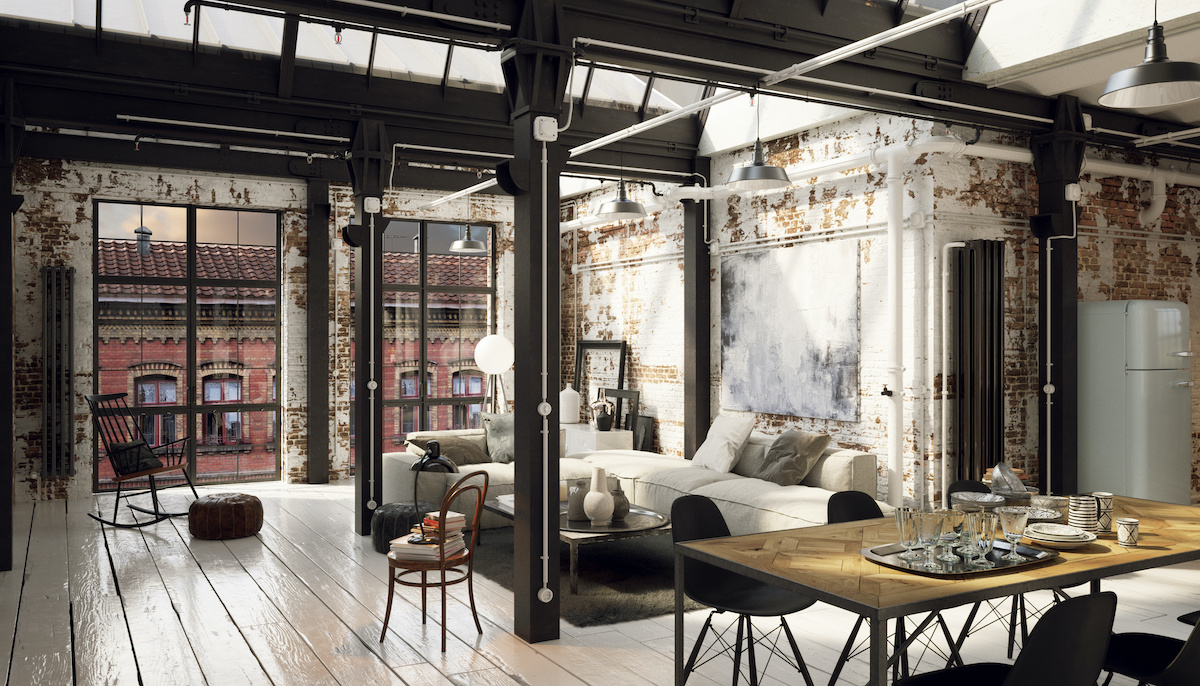
4 Comments. Leave new
This was very interesting, clear, and informative. I had no clue where this aesthetic came from and enjoyed learning about it. The integration of your photos between your paragraphs allowed the readers to see examples of what you were describing while it was still fresh in their minds. I wonder what your opinion on this aesthetic is and how you think it might evolve in the future.
Hi Jess,
Thank you so much for your comment! I think that the use of the aesthetic when repurposing a building is amazing and keeps the history of the space while making a beautiful unique area for people to live. I think as the industry continues to change how their plants and things change the aesthetic will change, much like how the automotive industry has changed to a more open concept and cleaner look I think the aesthetic will follow as well.
That was a great read on the industrial aesthetic. I appreciated your flow in writing when describing the history of the aesthetic and how it evolved from being exclusively in factories and warehouses to being an aesthetic appreciated for residential use as well due to the lack of “traditional living spaces”. Although I was familiar with the industrial aesthetic prior to reading this post, I found your initial description of the aesthetic clear and easy to visualize. I wonder if in some situations it may be more expensive to keep the raw authentic industrial look to a residential unit than to cover it up? Or maybe if there are extra legal hoops one must go through to construct an apartment building with exposed beams with unpolished metals.
Maddox thank you for your kind words and your question is extremely fascinating!! From my research, I have found that the industrial aesthetic is one that when implemented into the luxury marker has a significant markup but it seems that this is more because of supply and demand than a true logistical reasoning from a building standpoint. Industrial design at its core is about the bare minimum to make a functional space which is inherently inexpensive at its core.